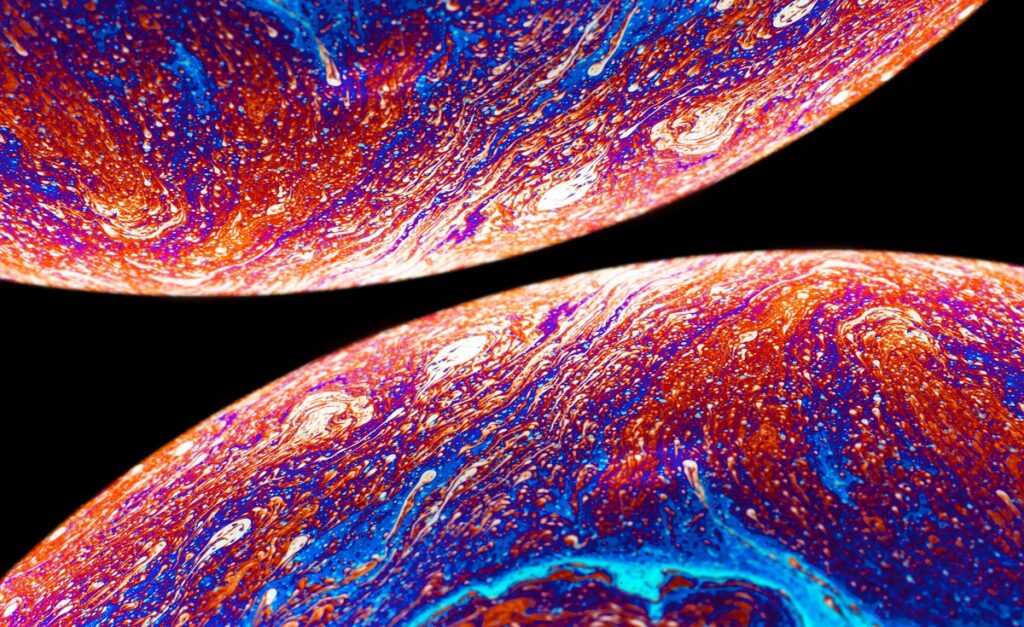Exploring New Dimensions: Dark Matter’s Hidden Realm
Scientists are venturing into the theoretical realms to unravel one of the cosmos’s most persistent enigmas: dark matter. Accounting for approximately 25% of the universe’s composition, this invisible matter’s existence is inferred from its gravitational effects on visible matter, yet it remains unseen and undetected directly. Recent theories, inspired by string theory, propose an extraordinary hypothesis: dark matter might reside in a previously unseen dimension. This “dark dimension” could be significantly larger than string theory’s proposed extra spatial dimensions, potentially offering a new perspective on dark matter’s role and nature in the cosmos.
A Mirror Universe: Reflections on Dark Matter
Intriguingly, another hypothesis suggests that dark matter could be part of a “mirror universe,” a parallel realm where atoms failed to form as they did in our own universe. This theory posits that for every physical interaction in our observable universe, there’s a corresponding mirror interaction in dark matter. Such a scenario introduces the concept of a universal symmetry, merging the worlds of visible and dark matter. This mirrored existence could explain the comparable amounts of dark and normal matter and provide insights into the fundamental laws governing our universe.
Theoretical Implications and Future Investigations
These theories, while speculative, open up new avenues for understanding the universe’s fabric. The dark dimension concept, stemming from string theory, links quantum gravity, particle physics, and cosmology, potentially explaining why gravity is markedly weaker than other fundamental forces. Meanwhile, the mirror universe theory suggests a symmetry that could lead to groundbreaking discoveries about dark matter’s interactions and its role in the cosmos. As research progresses, empirical evidence from cosmological observations and laboratory experiments may soon provide clarity, testing these theories against the harsh light of reality.
A Forward-Looking Perspective
The pursuit of dark matter’s mysteries stands at the convergence of theoretical innovation and empirical investigation. Whether through the lens of extra dimensions or mirrored realities, scientists are edging closer to unveiling the universe’s dark secrets. As we stand on the brink of potentially revolutionary discoveries, the question remains: will these theories illuminate the dark matter conundrum, or will they lead us further into the cosmic shadows?






